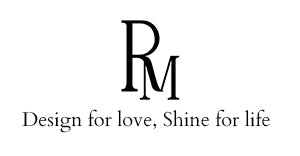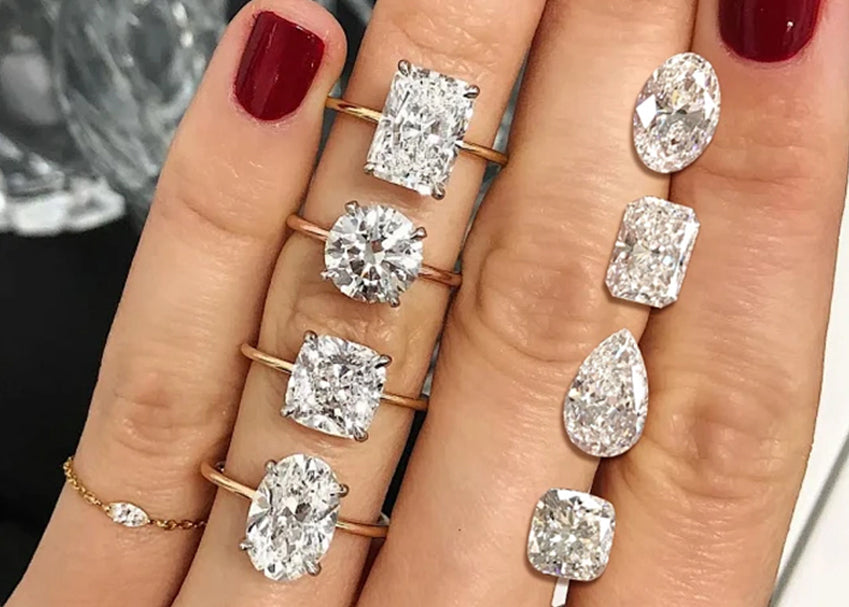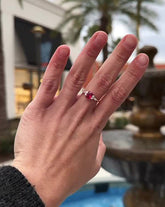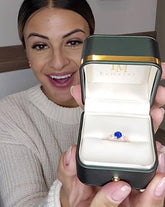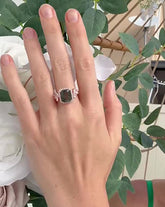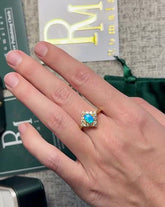At Romalar Jewelry, we believe brilliance should come without compromise. Moissanite, a gemstone originally discovered in a meteorite by Nobel Prize-winning chemist Henri Moissan, is composed of silicon carbide and is known for its cosmic origin and captivating sparkle.
Naturally rare and virtually impossible to mine, today’s moissanite is sustainably grown in laboratories using advanced technology. It offers a stunning diamond-like appearance, exceptional hardness, and a much smaller environmental footprint.
Chosen for its brilliance, durability, and ethical creation, moissanite has become a beloved centerpiece in engagement rings and fine jewelry. Explore the beauty of moissanite — where timeless elegance meets responsible luxury.
